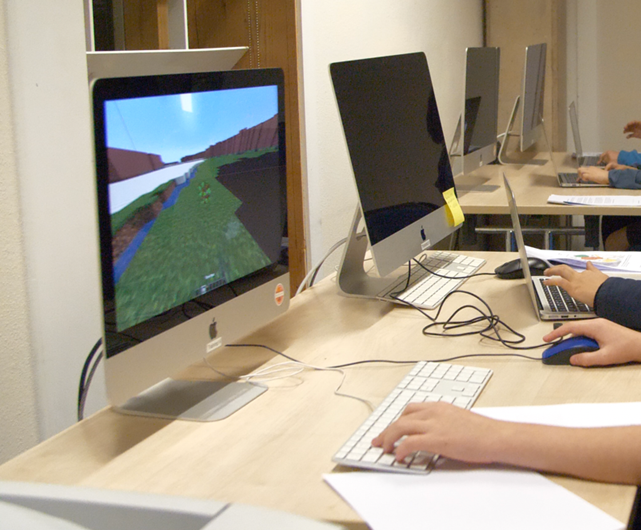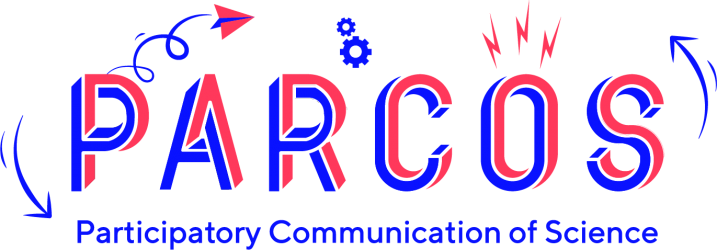In this case study by Knowle West Media Centre (KWMC), young people had the chance to explore the data behind air pollution levels in their local neighbourhoods through Minecraft.
Grounded in their Bristol Approach, KWMC addresses complex issues in a people- and community-centred way by involving those with firsthand experiences in finding solutions. Although young people are affected by these complex problems, such as poor air quality, as well, it is not always evident to include them in the problem-solving process. To communicate, inform, and educate them about air pollution in St. Paul’s, KWMC cleverly incorporated a Minecraft game design into their Slow the Smoke project. Using a Minecraft server that reflects Bristol, attendees were instructed to avert air pollution in their neighbourhoods by intervening in and co-designing the digital environment.

Minecrafting Bristol
Working together with creative technologists and a local university, KWMC created a Minecraft world that reflects relevant neighbourhoods in Bristol. For this, they identified and included three zones based on their air pollution levels. To help players navigate the virtual world and find their neighbourhoods, colour-coded beams served as points of reference.

Subsequently, data about air quality had to be gamified, this way, players knew when the air pollution levels escalated and that they needed to take action. Concretely, the sky reflected the air quality data, turning red when pollution was high and clearing up bright when low. Since Minecraft follows its own timeline and changes the colour of the sky accordingly, the designers added pop-up messages for the players to indicate the air quality values: showing the number, as well as whether it was high or low, with a prompt to take action. These pop-up messages could also be added manually by the facilitators, allowing them to respond to the actions (or inactions) of the players.
Engaging Youth
Three possible in-game actions impacted air quality data values. Players could put out fires, remove cars and plant trees. As they were playing in multiplayer mode, all of the actions of different players affected the air quality levels in the Minecraft world. Therefore, they were dependent on each other and encouraged to work together.
After each action was introduced by the facilitators and experimented with by the players, they had the chance to engage in discussions to reflect on what they did and to come up with better design solutions for transport, heating our homes and urban design. These discussions incited creativity among the players and guided their subsequent actions.
While all the players enjoyed planting trees and creating forests, one player put solar panels on roofs after putting out the fires while another added bicycles after removing some of the cars. After doing so, someone started removing the bicycles, leading to a conversation about everyone doing their bit and an understanding of working collectively.
Likewise, when someone introduced animals, others jumped on the bandwagon and started farming, inspiring conversations about locally grown food vs transporting it from other areas. And when another player introduced bees and planted flowers, this triggered conversations about biodiversity and how bees and birds are also affected by poor air quality and a lack of bee-friendly fauna and flora.
“I learned we need to stop driving so much”
“Yes, I would play it again”
“I learned about air pollution”
The players who had more experience supported the newer players. A more experienced player introduced humans, who needed to be given homes and jobs to carry out – “otherwise they would start fires and cause havoc!” This added a lot of fun to the game and was a good way to inject jeopardy complications into the game.
“Fun”
Considerations for the Future
KWMC hoped for a higher attendance rate, so in order to increase the number of attendees, schools could be considered. Another potential solution could be to promote the game through STEM clubs.
To keep players engaged, it’s important to put them straight into the game. The game also has a lot of potential for teaching. To support team building and design activities, it’s a good idea to include a physical activity outside of the virtual room.
Although the game is currently set in a specific neighbourhood, it can also be transferred to other neighbourhoods in Bristol.
Above all, it’s crucial to keep the game fun!







